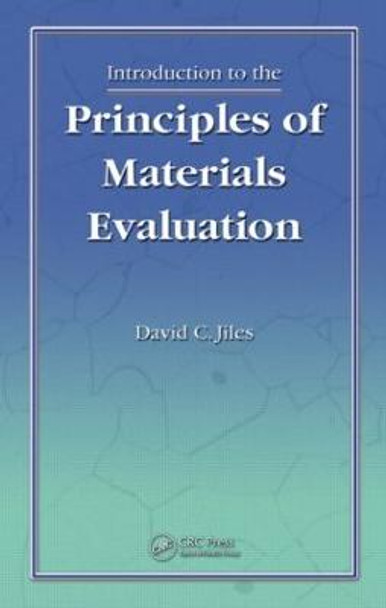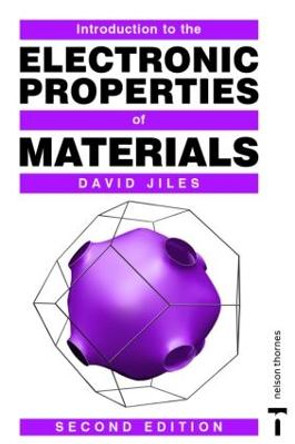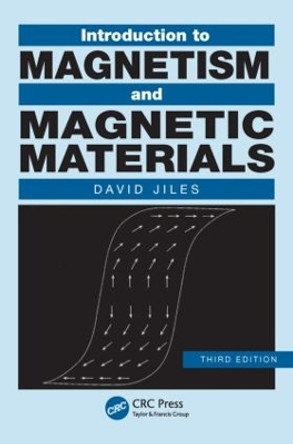Description
Choosing the proper material testing technique is important not just for economic reasons; in many circumstances, it can save lives. Building on the common links among all types of material evaluation methods, Introduction to the Principles of Materials Evaluation presents a thorough examination of all types of destructive and nondestructive testing methods, focusing on the advantages and practical utility of each. It offers students the opportunity to learn the underlying physical principles, rather than a laundry list of techniques, to make sure they choose the right method.
Developing an understanding of the way different types of energy interact with materials, the author first discusses relevant physical properties and how to determine them using mechanical, acoustic, thermal, optical, electrical, magnetic, and radiative energy. For the remainder of the book, he systematically examines the testing methods derived from these types of energy, how the methods work, how to identify defects and potential problems, and how to make decisions based on the results. Numerous illustrations, examples, and exercises help demonstrate the concepts and reinforce learning. The book also explores related issues such as choosing between destructive and nondestructive methods, the probability of defect detection, reliability and decision making, and lifetime extension.
This text offers a unified and practical perspective on a wide variety of testing techniques and their effective use. Introduction to the Principles of Materials Evaluation is the ideal choice to give students a strong basis for making effective decisions and gain a firm understanding of materials testing.
About the Author
Wolfson Centre for Magnetics Technology, Cardiff University,
Reviews
"Three titles from CRC Press look of interest, though I have not seen the books themselves... Introduction to the Principles of Materials Evaluation by D.C. Jiles, which covers mechanical properties, acoustic and ultrasonic properties, thermal properties, electrical and magnetic properties, effects of radiation, mechanical, ultrasonic, electrical, magnetic, radiographic and thermal testing methods, destructive vs. non-destructive testing, defect detection and reliability and lifetime extension. An appendix provides solutions to the exercises. All this is squeezed into 272 pages."
-P.W. Hawkes in Ultramicroscopy 108 (2008)
"Three titles from CRC Press look of interest, though I have not seen the books themselves... Introduction to the Principles of Materials Evaluation by D.C. Jiles, which covers mechanical properties, acoustic and ultrasonic properties, thermal properties, electrical and magnetic properties, effects of radiation, mechanical, ultrasonic, electrical, magnetic, radiographic and thermal testing methods, destructive vs. non-destructive testing, defect detection and reliability and lifetime extension. An appendix provides solutions to the exercises. All this is squeezed into 272 pages."
-P.W. Hawkes in Ultramicroscopy 108 (2008)
"The book is well written . . . illustrations are fairly good . . . Useful to graduate students, faculty, and professionals involved with materials testing, and a good acquisition for an academic or industrial library. Summing Up: Recommended."
- T. Z. Kattamis, University of Connecticut, in Choice: Current Reviews for Academic Libraries, April 2008, Vol. 45, No. 8
Book Information
ISBN 9780849373923
Author David C. Jiles
Format Hardback
Page Count 298
Imprint CRC Press Inc
Publisher Taylor & Francis Inc
Weight(grams) 539g





